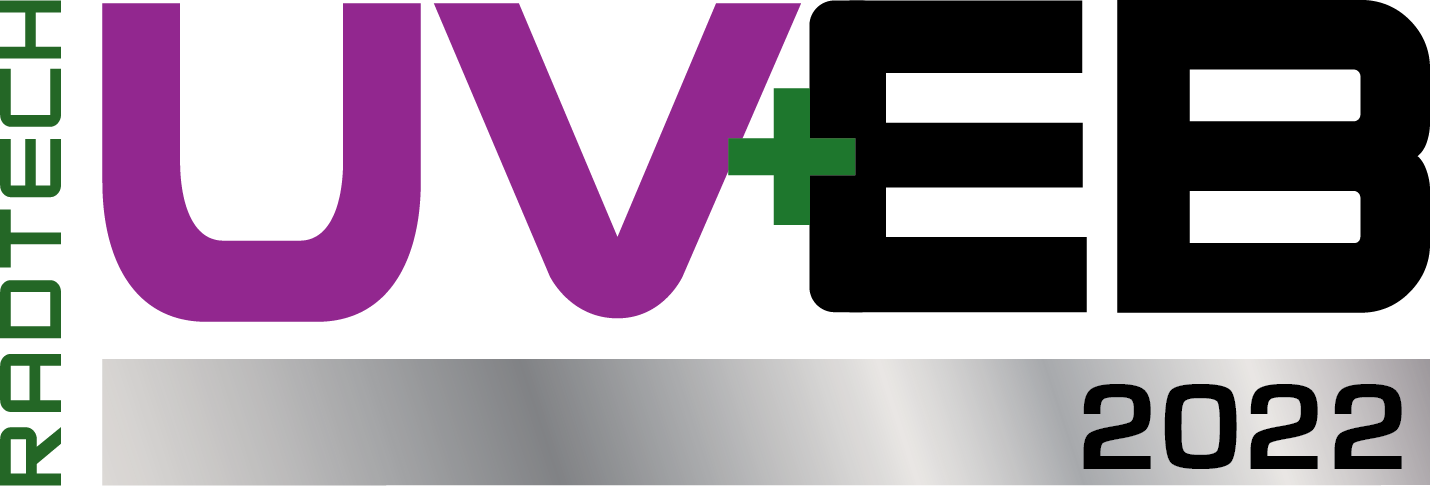Short Courses
PHOTO-POLYMER ADDITIVE MANUFACTURING (PAM) PROFESSIONAL SHORT COURSE (UNDERGRADUATE-LEVEL)
Monday, May 9, 2022, 4:00 PM – 6:30 PM
Faculty: Dr. David A Walker, Co-Founder of Azul 3D; Dr. Jason P Killgore, NIST
Who Should Attend?
Course Description
Fees
$195 – member
$295 – non-member
Free – student
UV/EB Professional Short Course (Undergraduate-Level)
Monday, May 9, 2022, 1:00 PM – 4:00 PM
Faculty: Dr. Mike Idacavage, Radical Curing, LLC, Dr. Neil Cramer, Arkema-Sartomer Americas
Who Should Attend?
Attendees for this course should be UV/EB professionals who are employed in the polymer or coatings industry but who have not had an extensive college-level course in polymer chemistry or photo polymerization. As a minimum, attendees should have had an undergraduate course in general chemistry and at least one semester of organic chemistry.
Course Description
Fees
$395 – non-member
Free – student
Advanced Photopolymerization Topics (Graduate level)
Monday, May 9, 2022, 1:00 PM – 5:00 PM
Faculty: Dr. Susan Bailey, Michelman; Dr. Molly Hladik, Michelman
Who Should Attend?
Attendees for this course may have extensive polymer or chemistry backgrounds who looking for an introduction into radiation curing. Alternatively UV/EB professionals that have experience in the field but are looking to gain new depth would also benefit.
Course Description
This course will begin with a brief review of photochemical and polymerization processes in UV/EB chemistry. From this common language, we will explore the implications of pigments, radiation sources, and environmental conditions on the cure reaction and performance of the final product. By focusing on the reactions and structure-property relationships, ways to understand and control the final product properties will be discussed. In addition to photo-initiated radical polymer chemistry, cationic, thiol-ene and hybrid chemistries will be used in examples. The course will cover implications for developing applications in low migration materials as well as requirements for inkjet, 3D printing and LED curing.
Fees
$390 – member
$590 – non-member
$250 – student
Design of Experiments for UV/EB Scientists and Engineers
Pt 1 – Tuesday, May 10, 7:00 PM – 9:30 PM
Pt 2 – Wednesday, May 11, 12:00 PM – 2:30 PM
Faculty: Dr. Allan Guymon, University of Iowa
Who Should Attend?
This course will provide the foundation and motivation for using Design of Experiments to improve and optimize UV/EB curing processes and formulations. Students attending the course do not need previous experience in Design of Experiments or statistics. The course is appropriate for individuals with backgrounds ranging from technicians to Ph.D. scientists and engineers.
Course Description
Design of Experiments (DOE) is a powerful technique that allows the maximum amount of information to be obtained by performing the minimum number of experiments. For those in production, product design, or quality control, knowledge of DOE can dramatically enhance effectiveness in solving problems and optimizing systems. Most experiments not based on DOE concepts are two-dimensional, i.e. one variable is changed while a response is measured. DOE, on the other hand, varies all of the important variables simultaneously and systematically, thereby examining the response(s) in many dimensions.
Even with the great potential of DOE, few are familiar with its concepts. The goal of this course is to provide the basic tools needed for DOE implementation in the UV/EB industry. While DOE is based on statistical principles, primary emphasis will be placed on practical aspects in using and applying DOE techniques and on the motivation behind using DOE. Specific topics that will be addressed include:
- Background and History of DOE
- Steps in a DOE
- DOE Terminology
- Screening Designs
- Model Building Designs
- Mixture (Formulation) Designs
CEU Credit
Attendees taking this course will receive 0.6 CEU credits from the University of Iowa. CEU credit forms will be handed out to students the day of the course
Fees
$475 – member
$650 – non member
$325 – student
